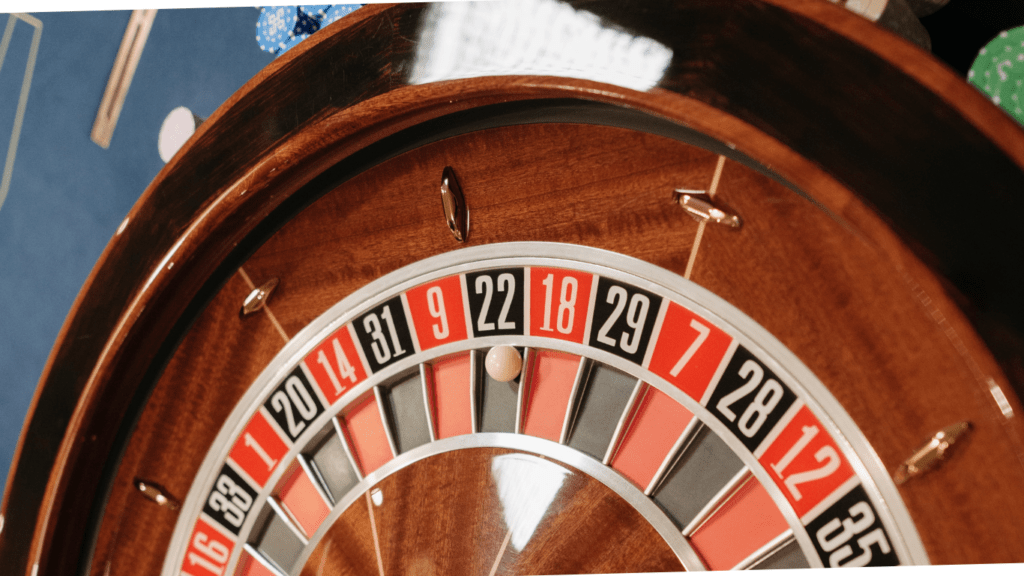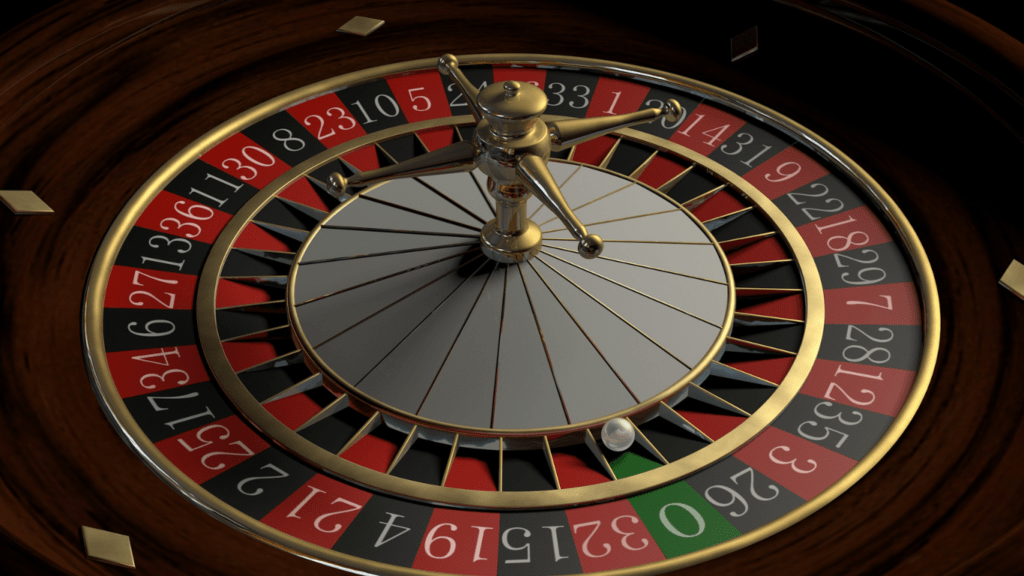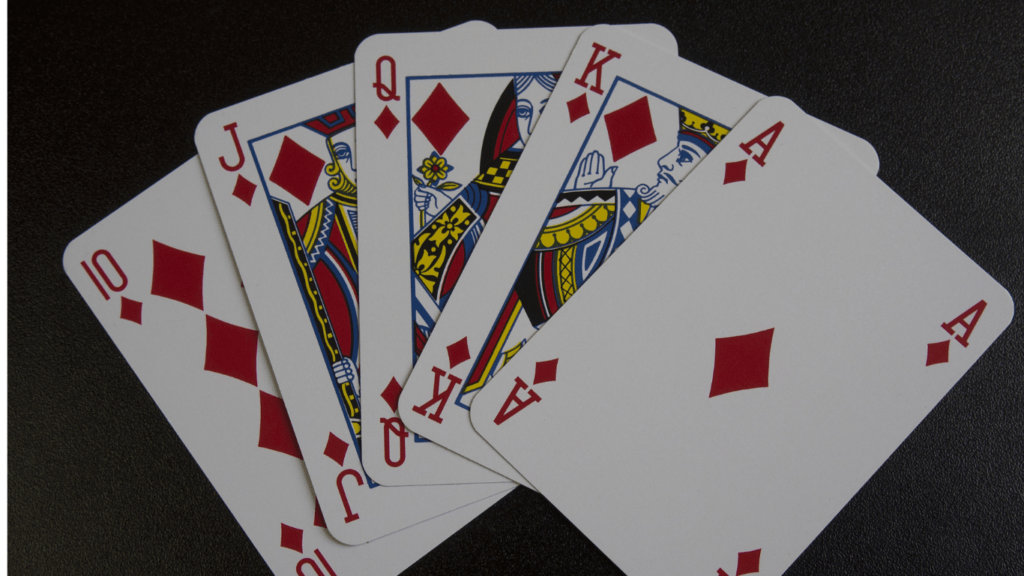Understanding Roulette: Basics and Rules
Roulette is a game of chance where strategy and knowledge about its basics can significantly increase your chances of winning. Familiarity with the table layout and the variations of the game is essential.
The Layout of the Roulette Table
The roulette table consists of a wheel and a betting surface. The wheel has numbered pockets ranging from 0 to 36, with alternations between red and black, and a green pocket for 0.
The betting surface features various betting options like:
- single numbers
- groups of numbers
- odd/even
- red/black
Each bet type carries different odds and payouts.
Understanding where to place your chips and the associated payouts can make a big difference in your strategy.
American vs. European Roulette
There are two main variations of roulette: American and European. The primary difference lies in the number of pockets.
American roulette features an additional green pocket for 00, making 38 total pockets. European roulette has 37 pockets with a single 0. This variation impacts the house edge, with American roulette having a 5.26% edge, while European roulette has a 2.70% edge.
Choosing European roulette when available can enhance your winning chances due to the lower house edge.
Understanding these fundamental aspects can lay a strong foundation for implementing advanced strategies and techniques to excel at the roulette table.
Key Strategies to Win at Roulette

To master roulette, players use various strategies to maximize their chances. Here are some key methods players employ to enhance their gameplay effectively.
The Martingale System
Players often use the Martingale System, a popular betting strategy. This system involves doubling the bet after each loss. By doubling, players aim to recover previous losses and make a small profit once they win.
For instance, if a player starts with $10 and loses, their next bet becomes $20. If they lose again, the following bet is $40, continuing until a win occurs. This method assumes infinite funds and no table limits, making it risky if losses accumulate.
The D’Alembert Strategy
Another commonly used approach is the D’Alembert Strategy, which offers a more conservative alternative to the Martingale System.
Players increase their bet by one unit after a loss and decrease it by one unit after a win. For instance, if a player bets $5 and loses, their next bet increases to $6.
If they win on the $6 bet, the next bet returns to $5. This method aims to balance wins and losses, reducing the risk of rapid bankroll depletion.
The Fibonacci Strategy
- The Fibonacci Strategy follows a sequence where each bet is the sum of the two previous bets.
- Starting with a base unit like $1, the sequence looks like 1, 1, 2, 3, 5, etc.
- After a loss, players move to the next number in the sequence.
- After a win, they move back two numbers. For example, if a player starts with $1, loses, and then bets $1 again, then loses, the next bet is $2.
- If the $2 bet wins, they move back to $1. This strategy provides a structured approach, potentially minimizing losses over time.
Advanced Roulette Techniques
In this section, I’ll explore sophisticated methods to up your roulette game. Mastering these techniques demands attention to detail.
Winning with Biased Wheel Analysis
Biased wheel analysis involves identifying flaws in the roulette wheel that cause certain numbers to appear more frequently. For this technique, I focus on data collection over many spins to identify repeat patterns.
Casinos maintain wheel integrity, but slight imperfections can still exist. Tracking spin results can uncover these biases, giving experienced players an edge.
Observing wheels directly or using software tools facilitates this analysis. By targeting biased wheels, I increase the probability of predicting outcomes.
Dealer Signature Tracking
Dealer signature tracking revolves around the consistency of individual dealers’ spins. Even though randomness should ideally dominate, dealers can develop subtle habits over time.
I study the spinning style, ball release speed, and the point of release. By recording and analyzing these factors for a specific dealer, I can predict sectors of the wheel where the ball might land.
This approach requires meticulous observation and data recording. Skilled players use dealer signatures to improve their betting accuracy, particularly in brick-and-mortar casinos.
Bankroll Management and Roulette
Bankroll management plays a vital role in roulette success. It’s about making the most of your money while minimizing risk.
Setting and Sticking to a Budget
I always set a budget before I start playing. This budget should be an amount I can afford to lose, ensuring that gambling never impacts my financial well-being.
Once the budget is set, I stick to it religiously. Having a fixed budget helps me avoid impulsive spending and keeps me focused.
Importance of Loss Limits
Loss limits are essential to responsible gambling. I set a predetermined loss limit, which is the maximum amount I’m willing to lose in a single session.
When I reach this limit, I stop playing immediately. This approach helps me maintain control and prevents chasing losses, a behavior that often leads to bigger financial problems.



